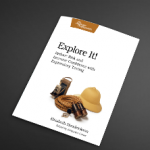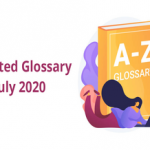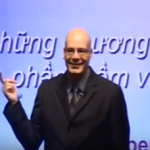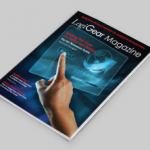It’s a bird! It’s a plane! It’s a software defect of epic proportions.
On March 10, 2019, Ethiopian Airlines Flight 302 crashed just minutes after takeoff. All 157 people on board the flight died. Similarly, in October of 2018, Lion Air Flight 610 also crashed minutes after taking off. Both flights involved Boeing’s 737 MAX jet.
The MAX jet, aimed to be more fuel-efficient than rival aircrafts, featured slight design changes than that of a regular 737 including upgraded engines and design. The changes, however, led to a problem with the nose of the plane: it would push it upwards. In order to counteract this issue, Boeing implemented the Maneuvering Characteristics Augmentation System (MCAS), a software that would automatically bring the nose of the plane down. Black box data from both flights suggest multiple similarities in the accidents, primarily revolving around the automated MCAS system.
Due to design, the 737 MAX jet featured engines more forward on the plane than other models; this caused the nose of the plane to lift to a higher degree than what is deemed safe. In order to amend this, a sensor towards the front of the plane, called the angle of attack indicator, was used to prevent stalling. This sensor along with the MCAS was designed to bring the nose of the plane back down to a safe level.
The problem? Well, there are two: (1) the software overpowered all other flight functions trying to mediate the nose lift and (2) many pilots did not know this system existed. The pilots in the Lion Air incident had as little as 40 seconds to identify the problem and correct it. Boeing had originally claimed that the MAX jet was similar enough to the original 737 that pilots would not need to go through extensive retraining, and, thus, pilots were trained via an iPad. Investigators on the Ethiopian crash case stated that the pilots on Flight 302 were using procedures highlighted by Boeing in the training that should have disengaged the MCAS system, but the plane was in an unrecoverable nosedive. All 737 MAX jet planes are now grounded worldwide following these two similar crashes that occurred just months apart.
What is worse is the fact that Boeing admitted to knowing about the software defect one year before the Lion Air crash in 2018. Engineers reportedly discovered the issue in 2017, but determined it was not an immediate issue. Originally, senior company leadership claimed to be unaware of the defect, but recent coverage has found those claims to be false. Furthermore, airlines were alerted to problem at drastically different times; Southwest told reporters they were informed of the problem in November of 2018 while United said they were not made aware of the issue until March of 2019. Boeing CEO Dennis Muilenburg explained to Business Insider why they did not inform pilots of this issue. “It’s fundamentally embedded in the handling qualities of the airplane. So when you train on the airplane, you are being trained on MCAS. It’s not a separate system to be trained on,” said Muilenburg.
Moving forward, Boeing has since apologized for both incidents and disclosed their plans for remedying the situation. They will be releasing a software update that will allow pilots to exert more control over the MCAS system as well as scaling back the software itself in order to prevent it from overpowering other cockpit commands. The system, if needed, will only activate once for a short duration and a warning light-which was previously an extra cost-0will now come standard to inform pilots of the software enabling. More importantly, Boeing additionally stated that pilots of the 737 MAX jet will undergo more extensive training programs in order to properly educate pilots on the MCAS system.
For now, Boeing is still working with regulators and is awaiting the Federal Aviation Administration’s approval for both the software and training updates. Nonetheless, Muilenburg vowed that the 737 MAX jet will be “one of the safest planes to ever fly” once the plane returns to the sky.
Note: This is a developing story. New information may come out following the publication of this article.




















